The Path to Legal Tiny Houses
A tiny-house code appendix is being voted on by the ICC in November.
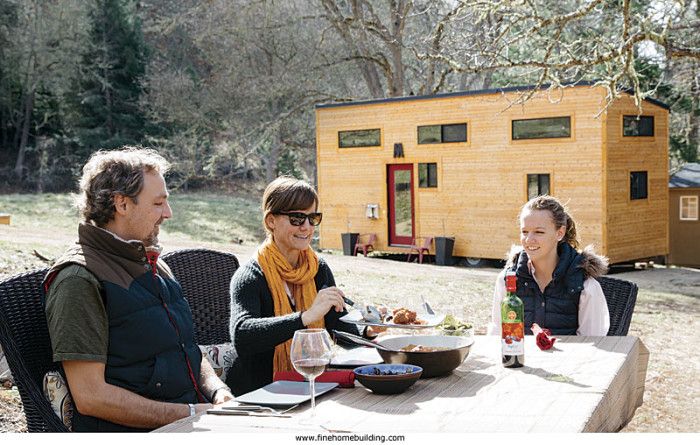
The popularity of tiny houses has continued to expand in recent years. As more and more people build or purchase tiny houses, the inevitability of code compliance — or in this case, the lack thereof — has come into focus. As things stand today, there is no way to build an IRC-compliant tiny house because of challenges such as ceiling heights, use of sleeping lofts, trailers as part of a foundation system, emergency-egress requirements, and loft-access parameters.
Many in the tiny-house community believe proper oversight is essential to the construction of safe tiny houses, especially with the large owner/builder segment. Further, those of us choosing to live full-time in our tiny houses want to receive a certificate of occupancy; however, there are not any current means to achieve this because of the lack of codes specific to tiny houses. We are at a major crossroads in the industry.
As a means of moving the industry forward, I recently wrote a tiny-house code appendix for consideration in the 2018 IRC. That appendix was accepted for review as a public comment during the International Code Council (ICC) public comment hearings in Kansas City, Mo., this past October. A team of tiny-house advocates attended those hearings and spoke in support of the proposal, as did a large number of building officials present at the hearings.
The tiny-house appendix was approved through two stages of the process during the hearings and now moves on to the third and final stage of approval. If approved during the final vote (which takes place electronically for voting ICC members November 8–21, 2016), the appendix would address most of the issues currently facing tiny houses and would provide a national code to which all tiny houses could be built.
I have already heard from several building departments that plan to use the appendix as is, regardless of whether it is approved for inclusion within the 2018 code. They see the value it brings to the conversation and see that it addresses major issues in the industry. As such, the appendix and the votes in favor to date have already had a positive impact on the tiny-house industry. Should the appendix be approved, it would become available for adoption in the 2018 IRC. Jurisdictions could amend it to create stricter standards as necessary for their specific region(s), or they could adopt it as written.
Here’s how you can help make tiny houses legal. Visit TinyHouseBuild.com and learn exactly what our plan of action is for contacting building departments and fire marshals around the country. We are making a professional, on topic, polite, and dedicated push to connect with as many voting ICC members as we can before the start of the voting period on November 8. You can view the appendix on that site as well to familiarize yourself with the details. We’ve even created a letter, also available on the site, that you can send to your officials urging them to support the appendix. With your help, we can make tiny houses legal and help create healthy, safe, and attainable housing for those not always included in the ranks of homeownership.
_________________
Andrew Morrison has been a professional builder for 20 years and has been teaching people how to build their own homes in his hands-on workshops since 2004. His family’s tiny house was featured in associate editor Aaron Fagan’s article “The Big Deal About Tiny Houses.”



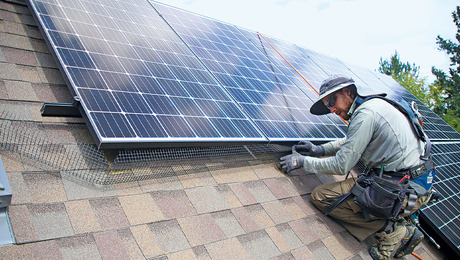










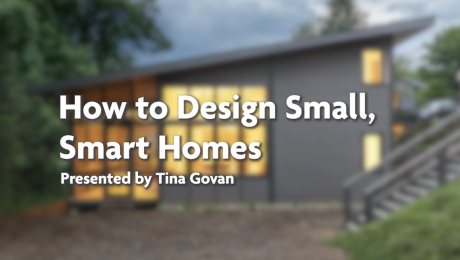
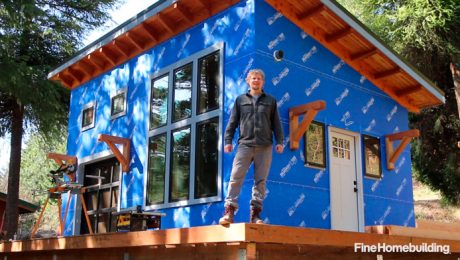
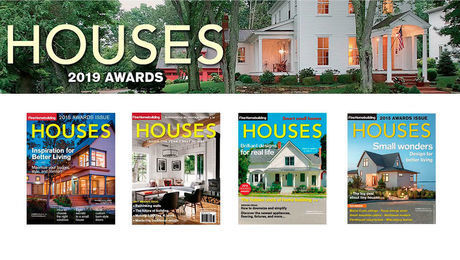

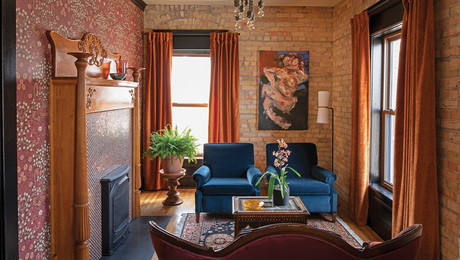











View Comments
Hope this succeeds.
Housing must evolve in this direction, and it will with or without building code approval.
I think you are going in the wrong direction for two reasons. First, I believe "Tiny House" is not an industry, it is a movement with a set of values that is a reaction against regulation and code. "Tiny House" happened because code restrictions did not allow individuals the personal agency to provide their own low cost housing solutions. Second, the biggest problem to the legality of tiny homes is the location - the site - not the construction of the tiny home itself. Yes I think safety in tiny homes is important, but your appendix does not appear to do anything to improve the legality of locating a tiny house. It appears to me that you want to regulate and create an industry that started as a movement. The end all of your effort will be mandatory government inspection of all tiny houses which is exactly what the movement was against from the beginning.
This is a perfect example of EVERYTHING that is wrong in this country. The ICC is the hugest road block against affordable housing. In W. Washington "rules & regs" add $100,000 to the cost of building a home. I own TWO 20x24 one bedroom houses and I cant even add a 10x12 bedroom w/o being required to Rebuild Entire Structure to current "code".
How thick does the "book" have to get for you before you decide enough is enough. Last one I looked at was well over 1,000 pages. And cost $60-$80 each.
You cant park a M Home or Trailer that are built to a different but strict set of RV "codes" in your back yard BUT you can park it on seattle streets as long as you are engaged in criminal activities.
A solution based on relaxing a ludicrous set of strict rules for a small subset of the population is a kick to the throat of anyone who has ever stepped into a building dept. and taken it up the wazhoo from 3-4 govt officials telling you what you CAN'T do and going out of their way to NOT help you in any manor.
Just based on how many "books" the ICC must sell even if maybe "officials" perhaps only pay $30 -$50 per copy is beyond redic. Nothing but a well paid lobbying group for manufacturers lined up to get their product MANDATED for purchase.
AFCI curcuit breakers $30 EACH, Probably at least 10 required now. If you actually think that they perform some needed function beyond what a $3.50 breaker does then your part of the problem. LIST goes on and on.
Buck Up And Go Suffer Thru the most humiliating experience in your life that is the nightmare of getting a building permit. Otherwise go live in the woods where you might get away from the BS for a year or two. WAKE UP!
Very interesting to read this and wish you luck. Here in the UK the Tiny has hardly started..I am pioneering in Scotland..but the problems are still twofold: 1.The land and Planning Permission for the site and making it a permanent residence and 2. Building Regulations(Your code) for structural compliance. Jonathan Avery https://tinyhousescotland.co.uk/
I've been practicing architecture 40 years, and now a certified plans examiner - and i think the comments need due consideration. I've seen the proliferation of expensive code publications - so much text to research that the original intent is sometimes hidden. I get the "movement", and also the controls that others want to place upon the individual. If we all lived separate lives, it wouldn't be such an issue of rule conformity. But, as our population density - and impact upon our neighbors and the larger world becomes greater - the rules should help buffer that impact. They can't "protect stupid", but sometimes they add to the collective "common sense" from past experience shared in the creation of the rules. That said - I'd like to see more nomadic and universally accessible dwellings, than little popups that are just smaller versions of sprawl.
very nice and success make this unique home
breakfast table nice